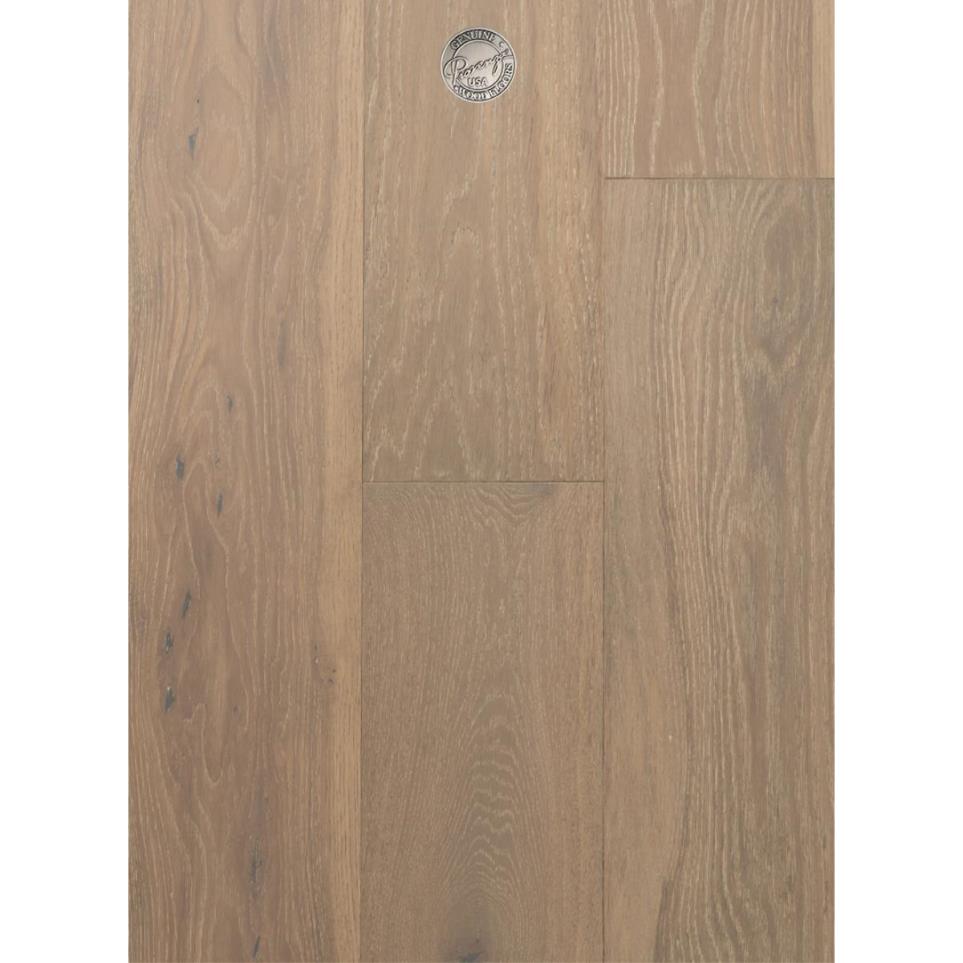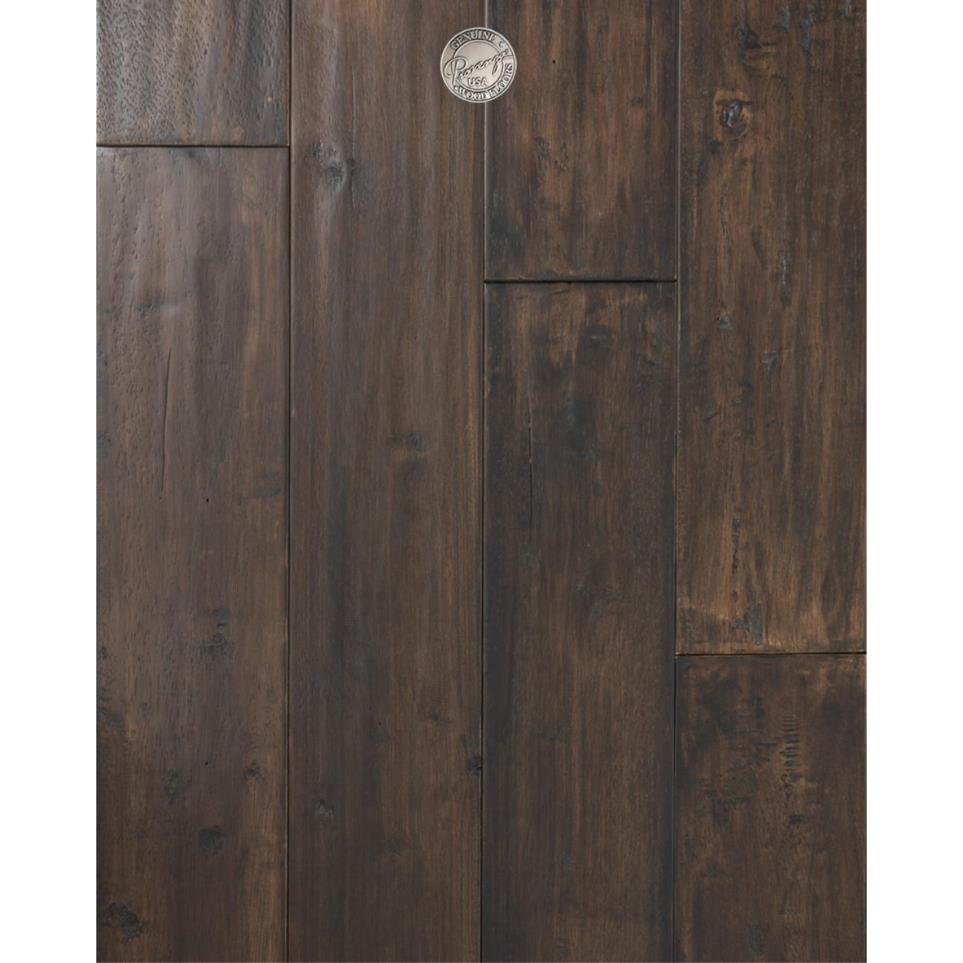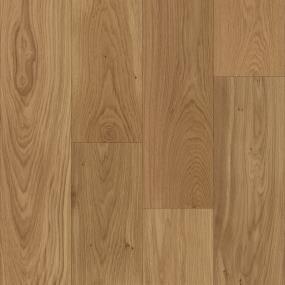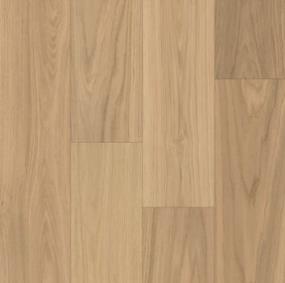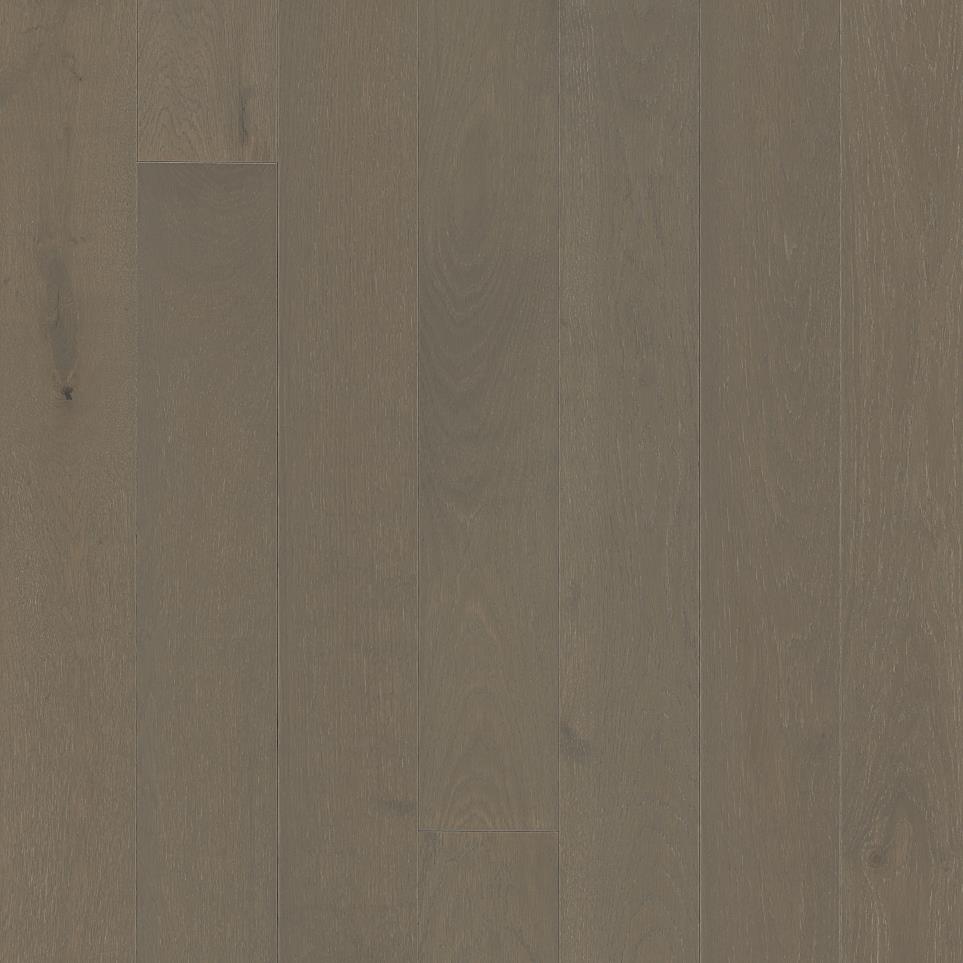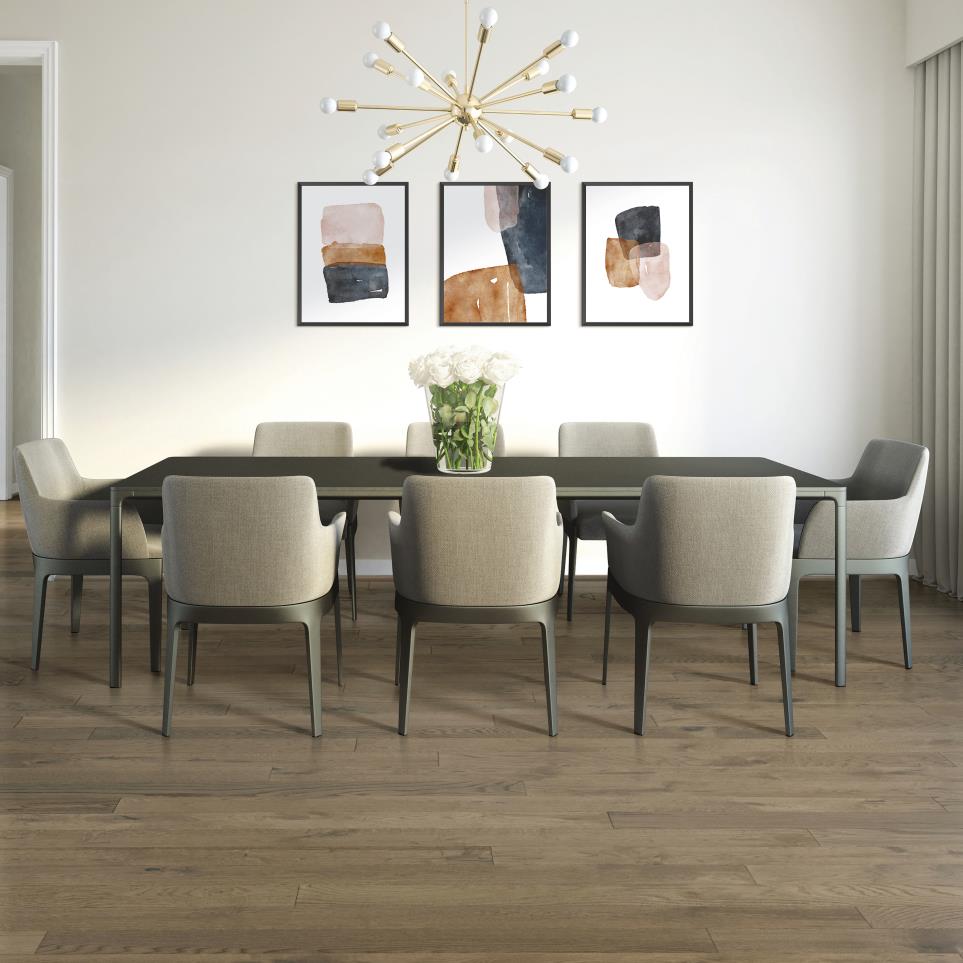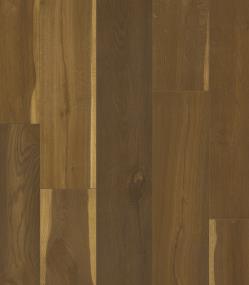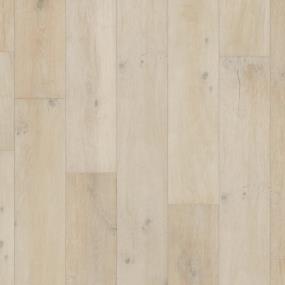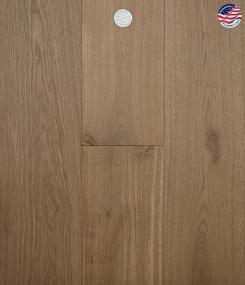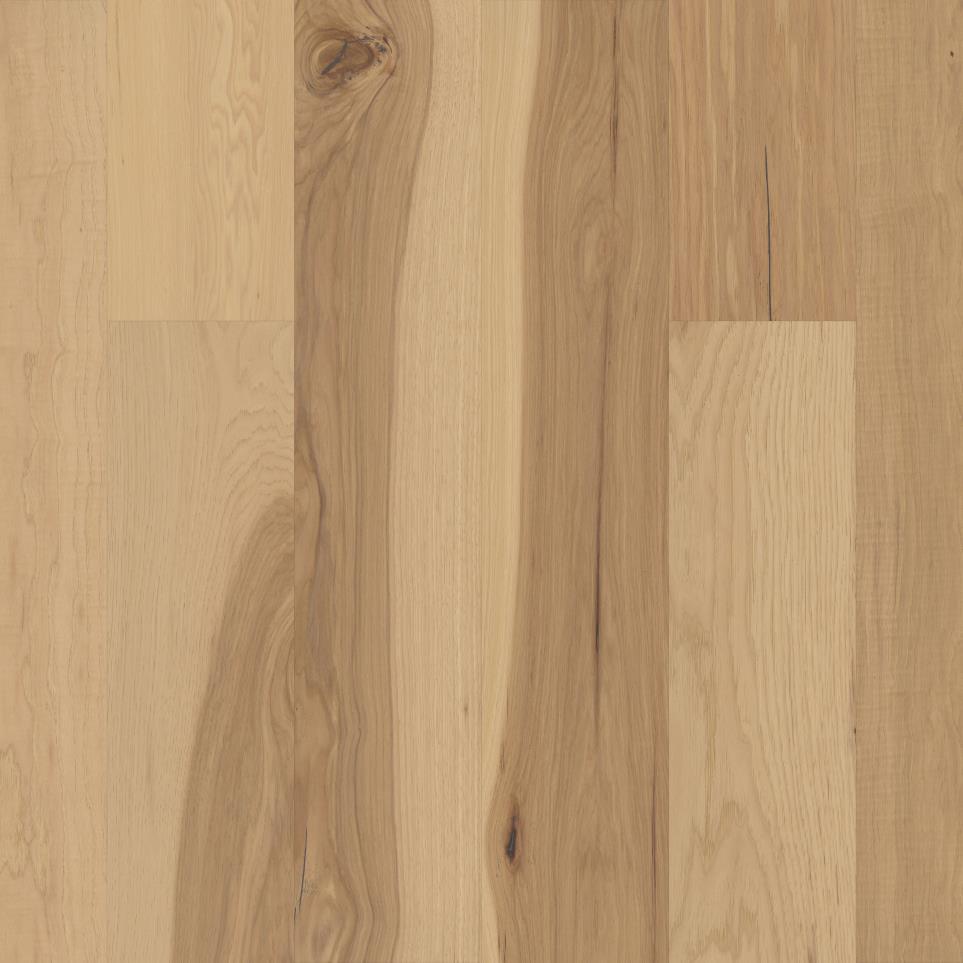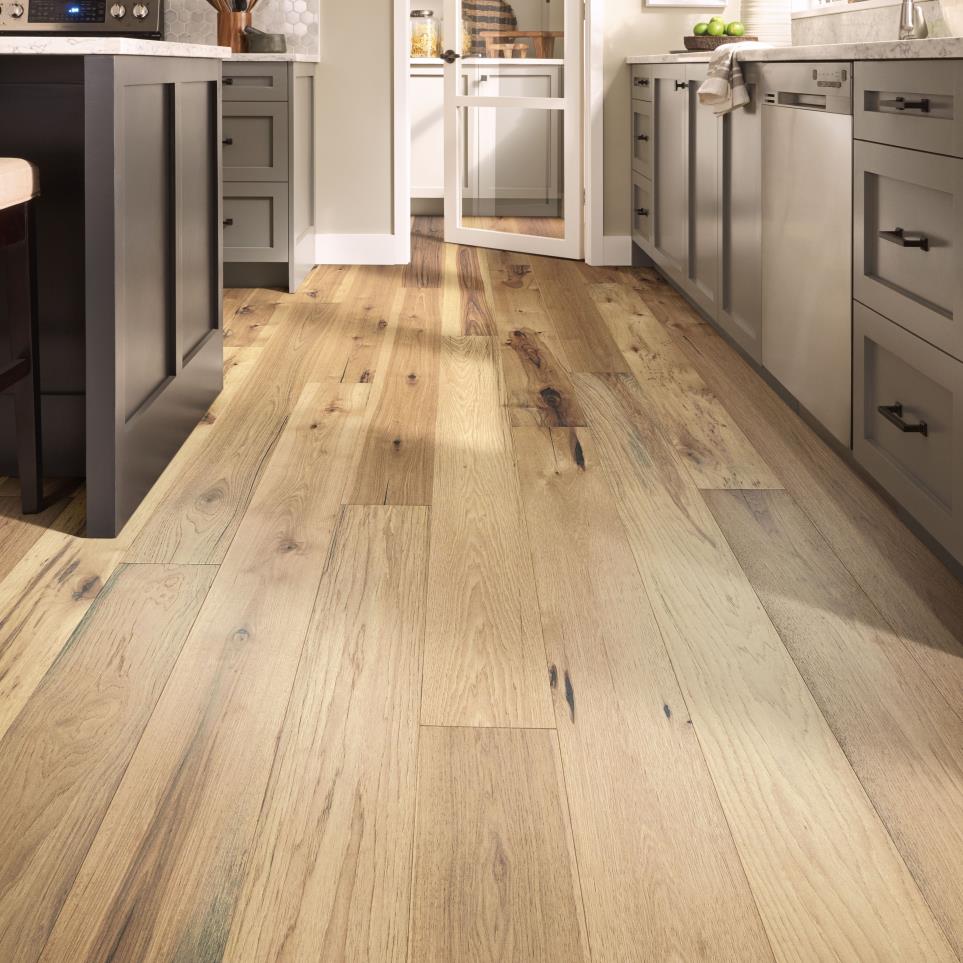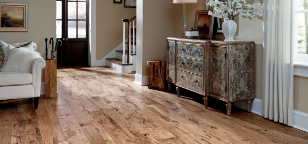
Hardwood flooring remains a timeless classic, adding timeless elegance and value to any home. While the initial cost might be higher, its natural beauty, resilience, and potential return on investment make it a compelling choice. Ready to elevate your living space with stunning hardwood floors? Flooring America offers an unparalleled selection of types, styles, and finishes to perfectly complement your unique design vision.
Engineered vs. Solid Hardwood: Unsure which option suits your needs? We delve into the distinct characteristics of each, helping you make an informed decision.
Solid hardwood lets you invest in a durable natural material that will age gracefully alongside you and your family.
Engineered wood leverages technology to create a multi-layered, water-resistant floor that's topped with a layer of authentic hardwood, giving you both peace of mind and stunningly gorgeous floors.
Wood floors have been around for centuries, and they're not going away anytime soon. They deliver beauty and decades of durability, no matter which species you end up with. Oak, ash, birch, walnut, hickory, and maple are just a few of the more common varieties, and each has its own unique coloring, grain patterns, and hardness.
Wood flooring and realistic copycats are so popular, chances are you're standing (or sitting) on some right now! No matter if you're looking to update your rustic farmhouse with a hand-scraped oak or create a mid-century modern oasis with honey-hued maple, there's a hardwood floor out there to complement your design style. It all comes down to the color and tone of the hardwood, its grain pattern, and the plank width.
Color and grain - Light wood, such as birch and oak, as well as grey or whitewashed finishes fits naturally into a coastal cottage, a contemporary condo, or a modern farmhouse. If you'd prefer to add a more dramatic touch, consider darker finishes or hardwood with intricate grain patterns, like pine or walnut.
Plank width - Most hardwood is available in either standard width (5 to 6 inches) or wide plank hardwood flooring (7 inches or more). The latter has fewer seams, which plays a trick on the eye to give the illusion of more space.
Is it worth it to spend your money on a shiny new hardwood floor or should you go with a more budget-friendly option and spend elsewhere? Compare this pro/con list to determine what really matters to you.
Advantages of hardwood include:
Beautiful planks with a natural character that complements any design aesthetic
Innate durability
A return on investment with an increased property value
Durability to withstand decades of family foot traffic, gatherings, and pets
Easy to clean and maintain
Addressing Your Concerns: We understand potential hesitations:
Not appropriate for high-moisture areas since they can buckle, warp, or bow
Higher upfront cost
Can gouge or scratch from pet nails or moving heavy objects
You're on the hunt for supreme durability because your household is constantly on the go. Hardwood flooring can handle your toughest days, though the actual strength will depend on the wood species you choose. Hickory, oak, and ash are among the hardest wood flooring types, and each species will age gracefully and patina over time.
Once you have high-value hardwood floors gracing your home, you'll want them continually looking their best. To keep them well maintained, sweep or vacuum often. This not only removes dust and other allergens that can affect your indoor air quality but also prevents debris from creating minor scratches.
If your dog has an accident or your kids' cookie-making adventure goes awry, clean your floors ASAP based on the manufacturer's instructions.
Wood floors are notoriously long-lasting, just look at the weathered wooden planks found in decades-old historic homes across America. Once you've decided on hardwood floors for your home, you will actually have a big impact on how well they wear over the years to come. It will all come down to the decisions you make, like how well you maintain the floors and who you have install them in the first place.
We recommend you opt for professional installers, who will not only arrive with all the necessary tools but also follow the tedious steps required for a beautiful installation. You'll be happy, headache-free, and grateful the warranty protection is still intact once they're on their way.
Costs vary based on the hardwood species you choose, but in general, you can expect higher price tags on solid wood flooring products. The good news is that it's also entirey possible that you see your investment reflected back in a higher property value, plus you're getting several decades of stunning, durable floors.
Visit your local Flooring America today and embark on a journey to discover the perfect hardwood flooring solution for your home. Our knowledgeable staff will guide you through every step, from selection to installation, ensuring you achieve your dream floors that will be enjoyed for years to come, click here to get your free estimate today!
Light, natural hardwood floors in ash, red oak, and birch are trending these days, largely because the lighter hues open up smaller spaces and make them feel bigger. You can also apply lighter finishes to other hardwood species to have a similar effect.
There are several species of hardwood that beautifully serve as flooring, including oak, ash, birch, walnut, and hickory. The best option really depends on your design style! From the perspective of durability, the densest hardwood flooring is hickory, followed closely by white oak and red oak.
Engineered offers water resistance and wider plank options, while solid boasts timeless authenticity and refinishing potential.
Flooring America collects data when you visit our website as described in our Privacy Policy. By continuing to browse, you accept and agree to our enhancing your experience with cookies. Learn more.
